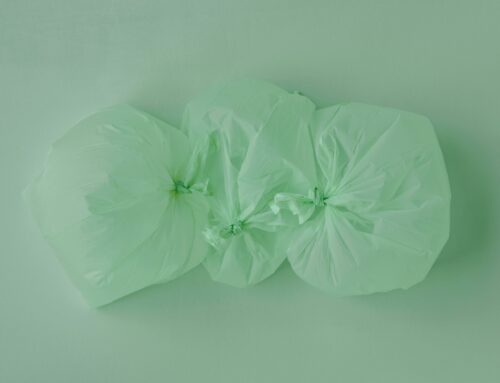Algae: The Ultimate Eco-Friendly Textile Material and How It Works
In the face of the environmental havoc caused by fossil-based materials, we shift our gaze towards the plant kingdom and its untapped potential. While trees are often hailed as the heroes of pollution control, very few of us are aware that algae are 10 to 50 times more efficient carbon-capture machines than trees. Beyond their role in photosynthesis, algae have now emerged as avant-garde materials in the textile industry. But what is the science behind their power as a textile raw material? 🔬🧪
Biopolymer-ism:
Algae, especially types like seaweed, contain a lot of cellulose. Cellulose is a sugar made of glucose units, which give algae fibre strength and durability. Algae also contain alginates—salts of alginic acid—that lend flexibility and texture to the fabric with their gel-forming and thickening properties.
Renewability:
Algae grow fast, way faster than traditional textile crops like cotton. They need less water and land and can even grow in diverse environments like non-arable land and wastewater. Thus, algae help cut down on the competition for resources.
Biodegradability:
As these bio-based fibres naturally decompose, they are kinder to the environment than synthetic materials that stick around for a long time.
Dyeing the natural way:
Some algae species contain natural pigments that we can use to dye textiles without synthetic dyes. This not only reduces the environmental impact but also gives us vibrant and eco-friendly hues in fabrics.
Functionality:
Algae fibres naturally resist UV rays because they have chemical constituents like mycosporine-like amino acids (MAAs) in their molecular structure. This helps prevent colour fading and material damage when exposed to the sun. Algae may also produce secondary metabolites with antimicrobial properties, and their surface structure can make it tough for bacteria to stick around, keeping things hygienic and long-lasting.
Carbon Sequestration:
Beyond fabricating fibres, algae engage in photosynthesis, absorbing carbon dioxide. This dual functionality makes algae ultra-useful in capturing carbon.
As we note the growth of algae in textiles, challenges in scalability and processing nonetheless persist.
Join me in our next post as we spotlight companies advancing algae innovation! 🌿✨








